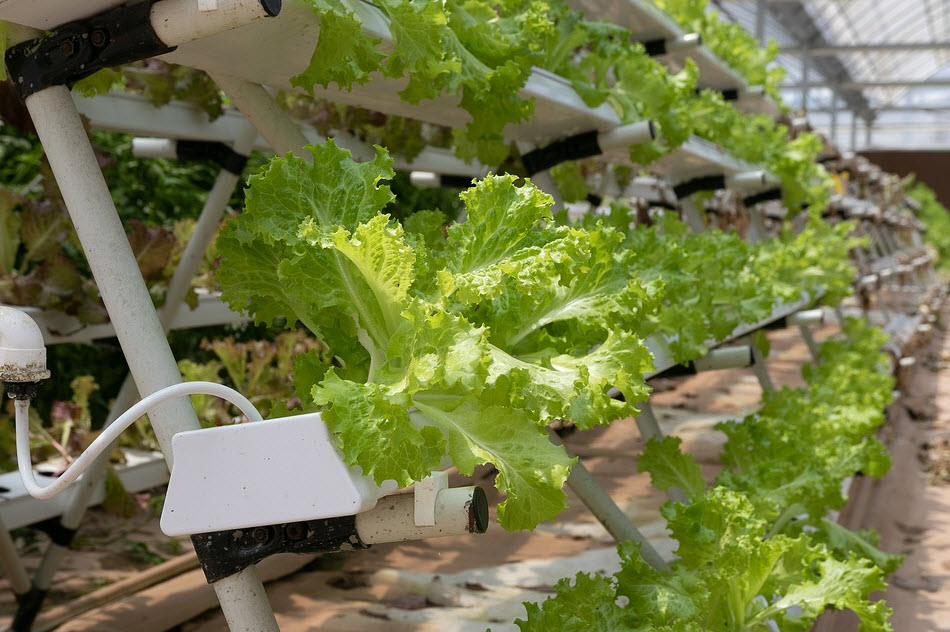General Hydroponic Nutrients
by Kevin
Find out what kind of hydroponics vegetables gardening nutrients your plant needs and how these essential nutrients affect your plant's growth.
Hydroponics Vegetables Gardening Nutrients

Almost all other components of a full hydroponics system will look pale in comparison to the importance of hydroponics vegetables gardening nutrients.
Lights, temperature levels, humidity and many other factors won't really need to be optimized to perfection for the plant to work, but nutrients do.
Although the system mechanism itself is extremely important and needs to be tinkered down to perfection if you want your vegetables to grow big and tasty, the secret behind quality hydroponic vegetables lays in the nutritious substances that you use to grow them in.
Common hydroponics vegetables
Here are the most common hydroponics vegetables gardening nutrients that plants use:
- Calcium
- Magnesium
- Potassium
- Nitrate (Nitrogen + Oxygen)
- Sulfate (Sulfur + Oxygen)
- Phosphate (Hydrogen + Phosphorus + Oxygen)
These are the essential substances a plant needs to grow, but if you want them to be truly healthy and tasty, you'll also want to provide them with a few other minor substances that are considered vegetable micronutrients:
- Iron
- Manganese
- Copper
- Zinc
- Boron
- Chlorine
- Nickel
The trick to providing the plants with continuous and healthy nutrition is to replenish these substances on a schedule.
Some of the more advanced hydroponic vegetable systems have a built-in automated replenishing device that will be triggered on a given schedule, or whenever it is needed.
If you need to manually replenish the nutritious solutions, you can simply attach a timer that could alert you it's fill-up time when needed.
Remember that although plants need all of the above substances to grow, they won't "eat" them at the same rate. This can cause water, pH and salt concentration levels from the solution to alter heavily, which can lead to some serious growth problems if you don't handle them.
Make sure water is abundant, pH doesn't stray too far in acidity or alkalinity and that salt concentration doesn't become too high. Thankfully, there are special devices that you can use to determine just how nutritious your nutritious substance is, at any given time.
One thing worth remembering is that hydroponics vegetables gardening nutrients and pH levels will be constantly thrown off the chart if you're using a system based on a flood/drain mechanism (such as ebb and flow, nutrient film technique or drip systems).
What happens in this type of systems is this: the nutrients get flooded from the nutrient reservoir to the growth tray, then the amount that doesn't get absorbed will be recycled back in.
Conclusion
When the old nutrient solution recycles the new one, pH levels and nutrient levels will change over time, creating pH instability, which further leads to deficiencies and toxicities with some of the nutrients.
That's why it's important to keep a constant eye on the pH and nutrient monitors!
Thoughts on "General Hydroponic Nutrients"
 |
 |
 |
 |
Hydroponics Tips